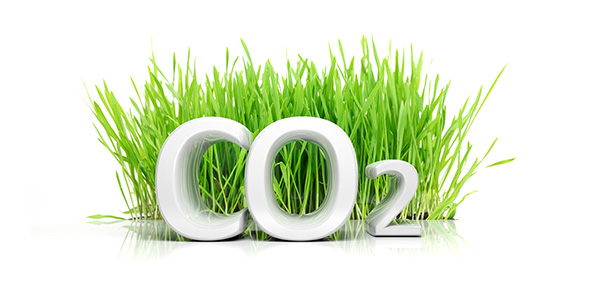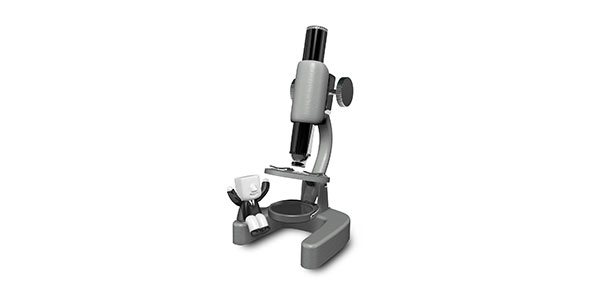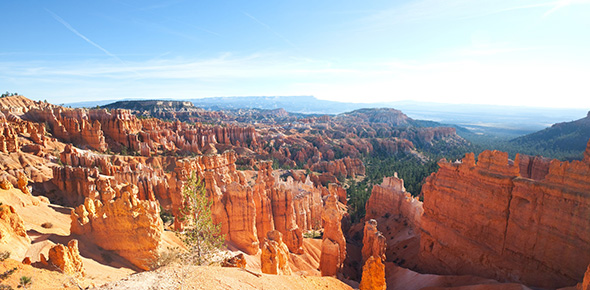Related Flashcards
Related Topics
Cards In This Set
| Front | Back |
|
Wind is the movement of an area of ____ pressure to an area of ____ pressure.
|
Higher/lower
|
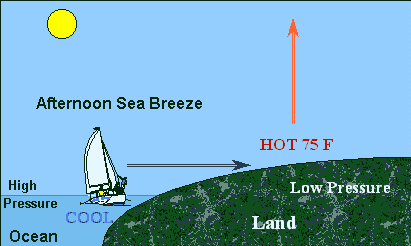 This picture shows what type of breeze? |
Sea breeze (remember, cool air is more dense and pushes warmer air out of the way)
|
|
Why do certain areas of Earth receive different amounts of radiation from the sun?
|
Because the Earth is curved.
|
|
Is warm air more dense or less dense than cool air?
|
 Warm air is LESS dense and rises above cooler air. |
|
What part of the Earth receives the most direct amount of radiation from the sun?
|
The equator
|
|
Does cold air have high pressure or low pressure?
|
HIGH pressure due to being more dense than warm air.
|
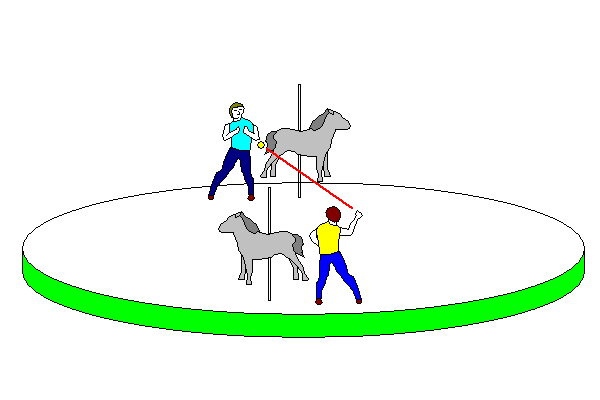 The rotaiton of Eath causes moving air and water to appear to turn to the right north of the Equator. This is called the ____. |
Coriolis Effect
|
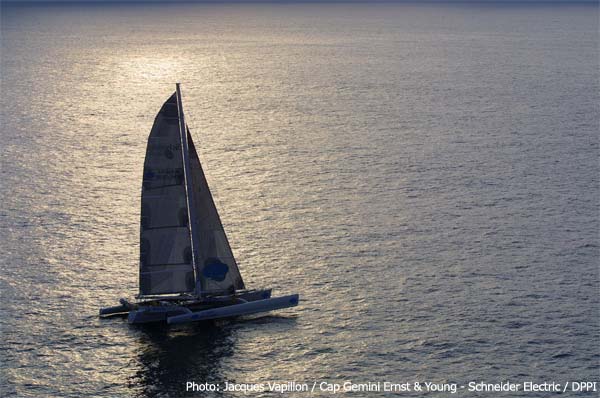 Describe the winds and weather at the doldrums. |
Little to no wind and rainy afternoons.
|
|
Why does it rain so often near the doldrums?
|
The rising warm air cools and causes rain.
|
|
What winds are located near 30 degrees north and south latitude?
|
The prevailing westerlies
|
|
Why are the westerlies important to the United States?
|
They move the weather systems from west to east in the United States
|
|
What winds did early sailors rely on in order to navigate global trade routes?
|
The trade winds
|
|
Where are the prevailing westerlies located?
|
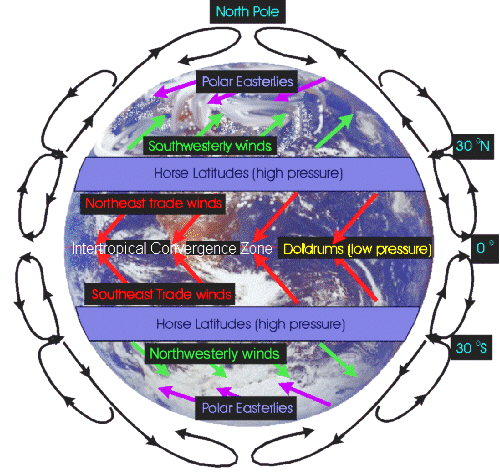 Between 30 - 60 degrees latitude |
|
Where are the polar easterly winds found?
|
Near the north and south poles
|
|
What are narrow belts of strong winds that blow near the top of the troposphere called?
|
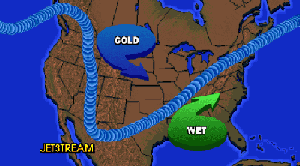 Jet streams |



